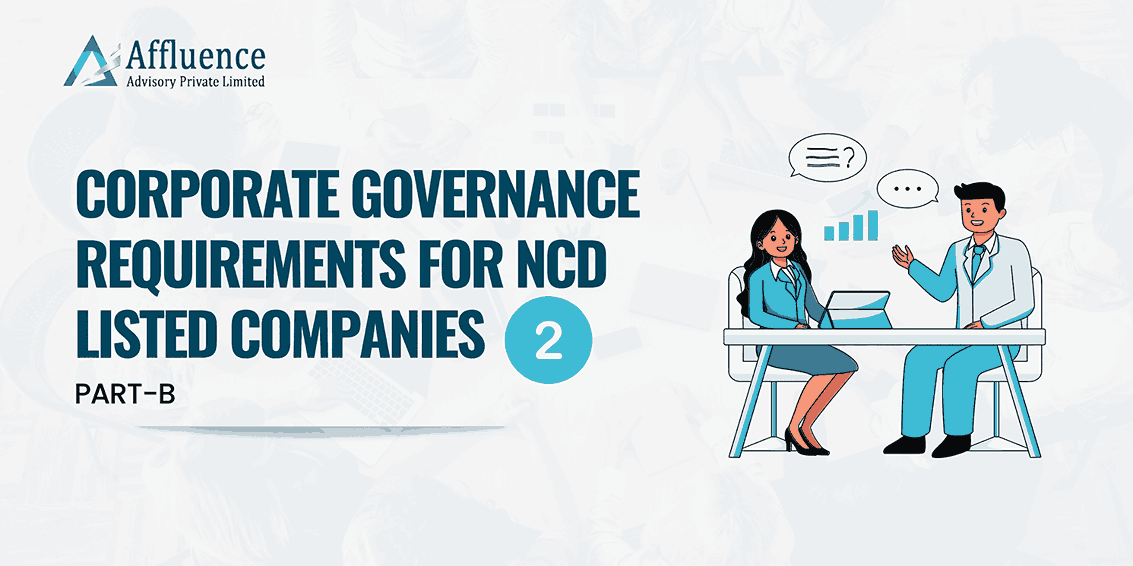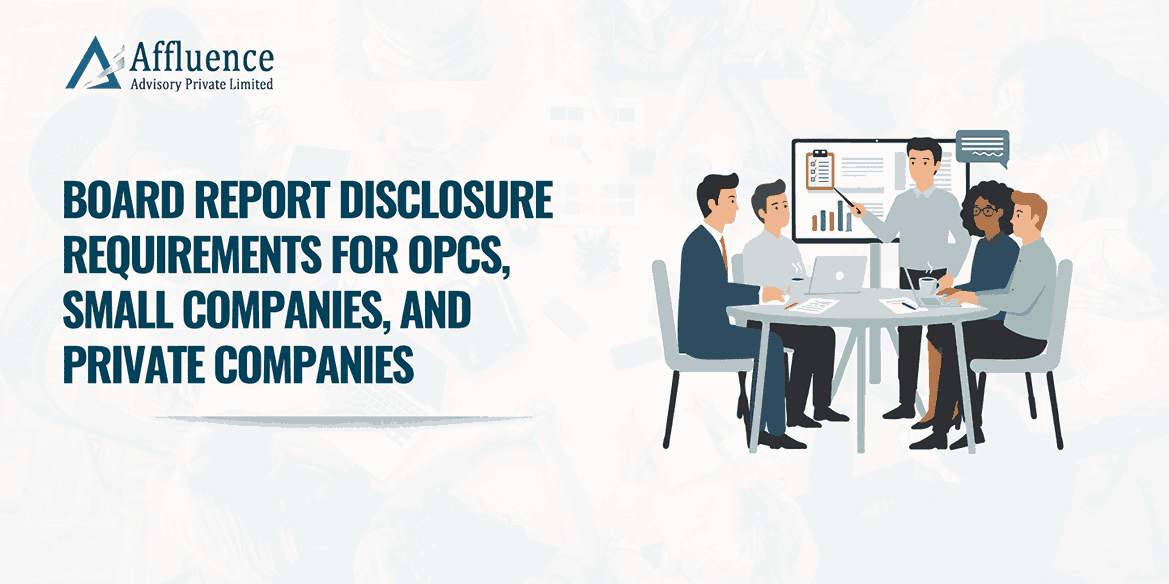INTRODUCTION
In Part A of this article, we discussed the regulatory framework, definitions, applicability, and key corporate governance requirements applicable to companies that have listed Non-Convertible Debentures (NCDs), as laid down by SEBI and other relevant laws. Part B builds on that foundation by examining the practical implementation of these requirements. Specifically, we will look into the various types of committees mandated for NCD-listed companies, their composition, and the handling of related party transactions. This section aims to bridge the gap between the regulatory provisions and their application in day-to-day corporate governance practices.
Also Read: Corporate Governance Requirements for NCD Listed Companies – PART A
SUMMARY ON REGULATION 62F TO 62J
|
Regulation |
Particulars |
|
62F (Audit Committee) |
Composition:
“financially literate” shall mean the ability to read and understand basic financial statements i.e., balance sheet, profit and loss account, and statement of cash flows
Provided that occasionally, the audit committee may meet without the presence of any executives of the HVDLE.
Meetings:
Powers & Role:
|
|
62G (Nomination and remuneration committee) |
The functions of the nomination and remuneration committee as specified in Part D of the Schedule II are either discharged by the board of directors or, a nomination and remuneration committee
Composition:
Provided that the chairperson of the HVDLE, whether executive or non-executive, may be appointed as a member of the nomination and remuneration committee and shall not chair such committee.
Meetings:
Powers & Role:
|
|
62H (Stakeholders Relationship Committee) |
The functions of the Stakeholders Relationship Committee as specified in Part D of the Schedule II are either discharged by the board of directors or, a Stakeholders Relationship Committee
Composition:
Meetings:
|
|
62I (Risk Management Committe) |
The functions of the Risk Management Committee as specified in Part D of the Schedule II are either discharged by the board of directors or, a Risk Management Committee
Composition:
Meetings:
Powers & Role:
Provided that the role and responsibilities of the risk management committee shall mandatorily include the performance of functions specified in Part D of Schedule II
The risk management committee shall have powers to seek information from any employee, obtain outside legal or other professional advice and secure attendance of outsiders with relevant expertise, if it considers necessary.
|
|
62J (Vigil Mechanism) |
|
Conclusion
In Part B, we translated SEBI’s regulatory provisions into practical corporate governance measures for NCD-listed companies, covering the constitution, composition, and responsibilities of key committees, along with risk management and whistle-blower policies. These frameworks help ensure transparency, accountability, and stakeholder protection. By effectively implementing these requirements, HVDLEs can strengthen governance standards and build lasting trust with investors and debenture holders.
More detailed insights on specific corporate governance requirements for NCD-listed companies will be shared in the Final Part of this article series.
Disclaimer: This article provides general information existing at the time of preparation and we take no responsibility to update it with the subsequent changes in the law. The article is intended as a news update and Affluence Advisory neither assumes nor accepts any responsibility for any loss arising to any person acting or refraining from acting as a result of any material contained in this article. It is recommended that professional advice be taken based on specific facts and circumstances. This article does not substitute the need to refer to the original pronouncement.
CLICK HERE DOWNLOAD PDF








